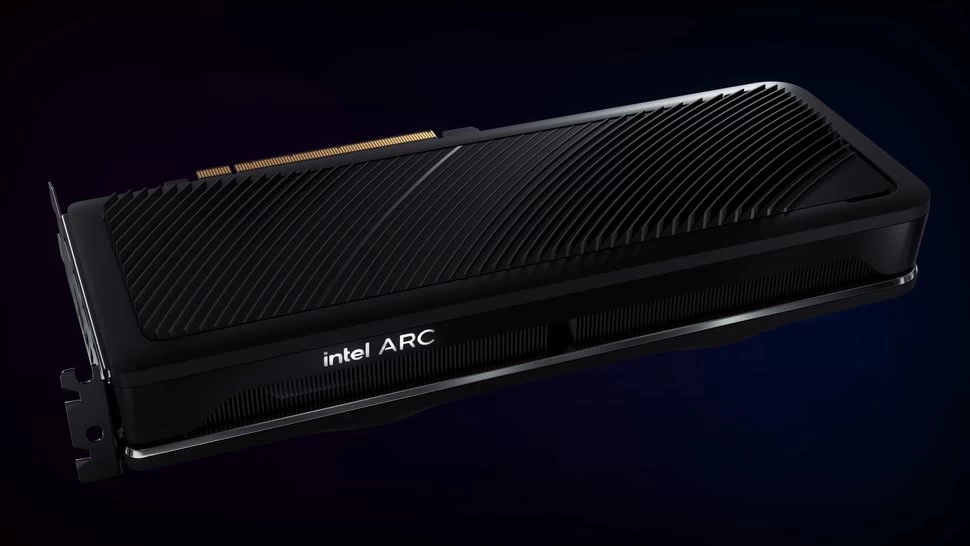
Credit: Intel
If thereís one thing the discrete GPU market needs itís more competition. At one point there were more GPU brands than anyone could remember, but after massive market consolidation, weíre basically left with Nvidia and AMD. Intel has been a mainstay of integrated GPUs, but even there, competing iGPUs from AMD have not cast Intelís technology in the best light.
Thatís been changing rapidly, and if you havenít been keeping track of Intelís integrated GPUs over the past few years, you may be forgiven that they are still just barely good enough to run a desktop. The truth is that Intel iGPUs have been good for general productivity and basic 3D gaming for some time. The Intel Iris Xe GPU (with 96 execution units) has more TFLOPs than a Playstation 4!
In other words, Intelís GPU technology is catching up and early claims about the upcoming discrete ARC GPU performance have been promising. The top card in the purported lineup is said to be in the same ballpark as an RTX 3070 and will also be equipped with dedicated ray-tracing and machine-learning hardware. Now we have some juicy leaks to work through, but as always take these with a huge grain of salt until the information is confirmed by Intel.
The Leaky Details
As we get closer to the official launch of the Arc family of GPUs, leaks are becoming more common and some of the most important ones were accidentally leaked by Intel itself.
Early in March Tomís Hardware reported a leak with what seems to be a lineup of Arc cards.

Image credit: @momomo_us/Twitter
The Arc A380, which is the only one we have more technical details on of those listed here. The A380 has 128 execution units, 1024 shader cores, 6GB of VRAM, and a 96-bit memory bus. This puts it in the GTX 1660 range, which is where most mainstream gaming laptops and desktops sit.
Thereís also an A500 and A700 series of Arc cards, representing the mid-range and high-end.
| A300 Series | A500 Series | A700 Series |
Execution Units | 128 | 384 | 512 |
Shader Units | 1024 | 3072 | 4096 |
VRAM | 6GB | 12GB | 16GB |
Memory Bus | 96-bit | 192-bit | 256-bit |
During a video presentation by Intel, the presenter accidentally pulled up a performance monitoring screen which showed details about the flagship
https://www.notebookcheck.net/Intel-might-have-rev... Specifically, it showed the GPUís power draw (172W), GPU Clock (2.25 GHz), and VRAM Clock (1.093 GHz).
That tells us this card is drawing at most 200W as a whole and is clocked to compete with Nvidia and AMD. Of course, without knowing the performance-per-clock of the GPU cores, this doesnít tell us how well things are going.
Early Laptop Benchmarks Arenít Great
The dedicated laptop GPU market is arguably more important than the desktop card market. The better the GPUs that can be used in laptop form-factor computers, the more most computer users benefit. After all, laptop sales dwarf desktop computers these days.
Having an all-Intel laptop solution could also help ease costs for consumers who need to buy beefier laptops, so itís sad to see that the first A370M benchmarks are rather rough. It fell behind the GTX 1650 by between 15% and 20% in every test.
However, this is a new GPU entrant. This means better drivers and currently locked features, such as AI upscaling, could still turn the tide over time!